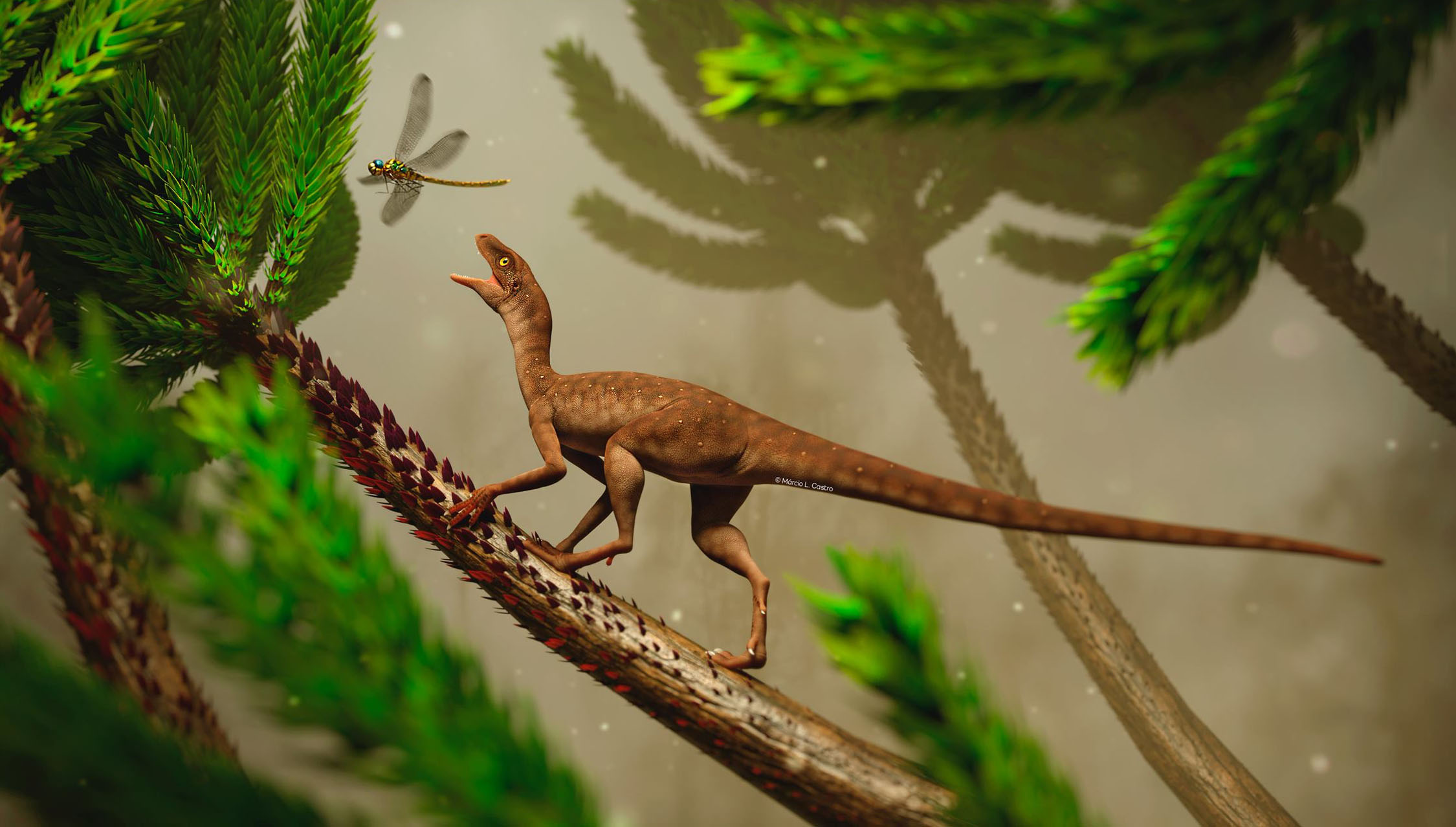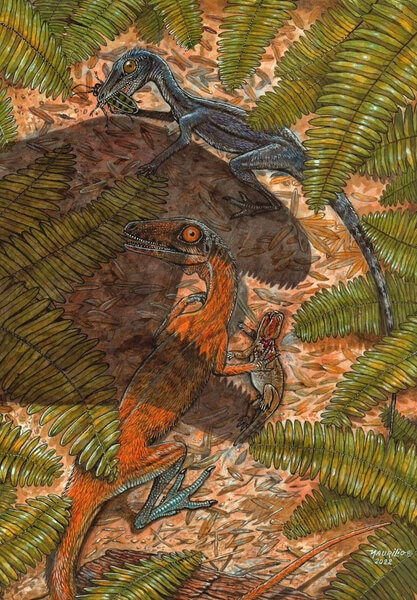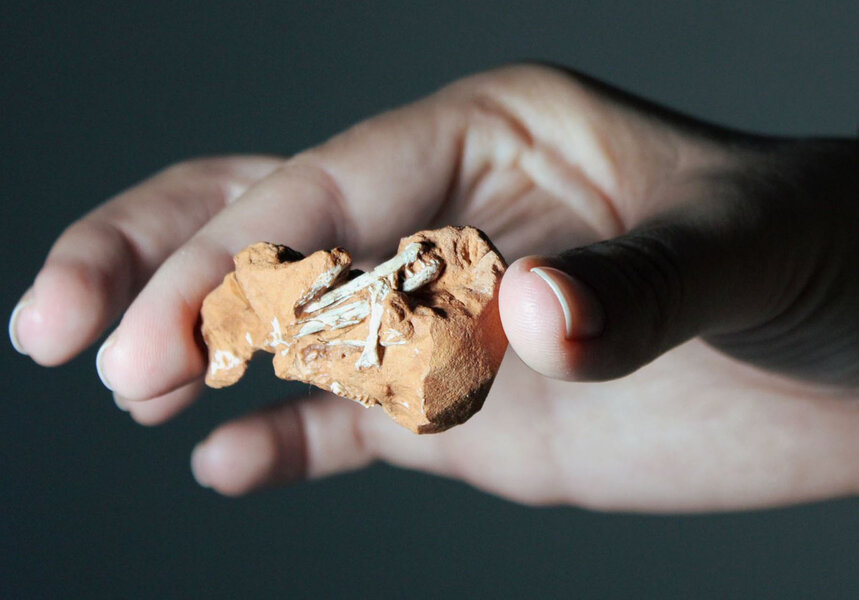Create a free profile to get unlimited access to exclusive videos, sweepstakes, and more!
Pterosaur ancestors couldn’t even dream of flying
Flight finds a way.

Flying dinosaurs almost sound like an oxymoron. Monster reptiles sound like the last thing that would be able to soar, but they started off from something small and earthbound.
You probably wouldn’t have wanted to be there when a barrage of pterosaurs attacked the dinosaur theme park in Jurassic World, but without these winged reptiles, birds might have never existed. But how did dinosaurs ever take to the skies? Now that the oldest pterosaur ancestor has been unearthed, and what was thought to be an actual pterosaur was found to be a later ancestor, these Triassic creatures could tell us something 225 million years later.
Maehary bonapartei is the tiny dinosaur that is now the most ancient relative of what later morphed into pterosaurs. Faxinalipterus minimus, one of its successors, was previously thought to be a pterosaur but was another phase along the way to dinosaurs evolving wings. Paleontologist Rodrigo Müller, who recently coauthored a study published in PeerJ, was part of the team that discovered one species and realized what the other really was. Müller saw that Faxinalipterus wasn’t exactly the pterosaur it almost appeared to be.
“The anatomy of Faxinalipterus is not so similar to that of pterosaurs, but they bear hollow long bones with thin cortex, such as pterosaurs.” he told SYFY WIRE. “However, there was an absence of features on the fore limb that are usually associated with the capability to flight.”
Faxlinapterus gave itself away through its forelimbs, which were missing the features necessary for flight. Though neither it nor Maehary could fly, the Maehary specimen showed it was a closer pterosaur relative through other aspects of its morphology. Some of the first similarities noticed were in an unlikely place — its mouth. Like its flying successors, it did not have serrated teeth, and some jawbone features matched. What its lower jaw didn’t have was the beak-like tip characteristic of pterosaurs. It also had smaller nares (nostrils) that a pterosaur would have. The areas where its pectoral muscles would have been were not developed enough for flight.
Pterosaurs had to start somewhere. In the same way that early humans supposedly looked nothing like Homo sapiens, the terrestrial ancestors of dinosaurs that would eventually take fight had only partially developed the machinery that would later take their relatives off the ground. Faxlinapterus might have not been able to fly, but it had light, hollow bones similar to pterosaurs and the proto-birds that evolved from them. Maehary is thought to have also had this type of bone structure even though no long bones from the species have been found yet.
“Faxinalipterus is a member of a lineage closely related to pterosaurs, however, it is not a direct ancestor of pterosaurs,” said Müller. Maehary nests in the evolutionary ramus that culminates in the origin of pterosaurs. Their teeth seem to be an ancestral condition of some pterosaurs.”
Maehary had grooved, needle-like teeth, similar to those that giant pterosaurs used to snap up prey (and shrieking humans in Jurassic World) from below. Though pterosaurs and proto-birds like Archaeopteryx evolved on their own without a common ancestor, they are still related, though coelurosaurian dinosaurs were actually the closest prehistoric relatives of birds. Müller thinks that one of the environmental pressures which might have led to the evolution of wings was possibly the need to look for food somewhere else besides the predator-infested forests they lived in.
"They were surrounded by early dinosaurs and crocodile-relatives, and competed with mammalian ancestors and small lizard-like creatures,” he said. “Pterosaur ancestors and relatives possibly explored new niches, climbing trees to eat some prey or avoid predators.”
The closest known living relatives of dinosaurs are birds. Stare at one too long, and you may think the vestiges of a dinosaur are staring back at you.




























